Flip and see
Stereotype-shattering role cards
40 cards with characters of different nationalities and ethnic groups can be utilized to familiarize children with Taiwanese indigenous peoples and their traditional clothing and culture.
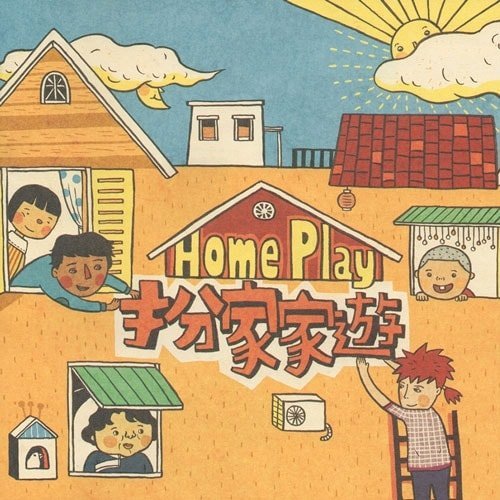
“Home Play,” the first educational board game on the theme of diversified family structures in Taiwan was released in 2012. It represents an interesting choice with rich materials for students and educators.
NT$999
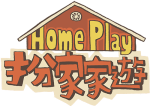
In the world of “Home Play,” there is no single model for “families”. A perfect family can take many different forms. The goal is to broaden horizons, enrich perspectives, and enable players to gain positive energy from the game.
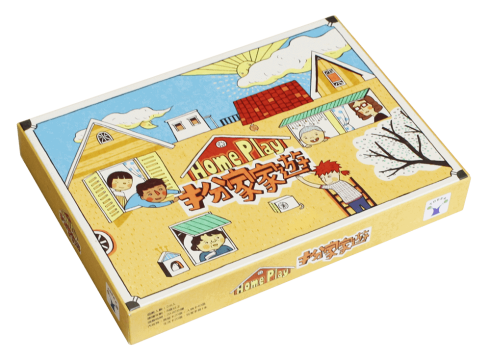
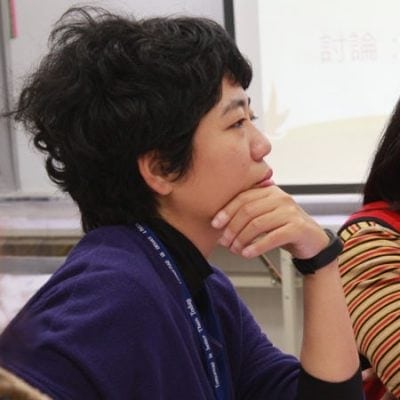
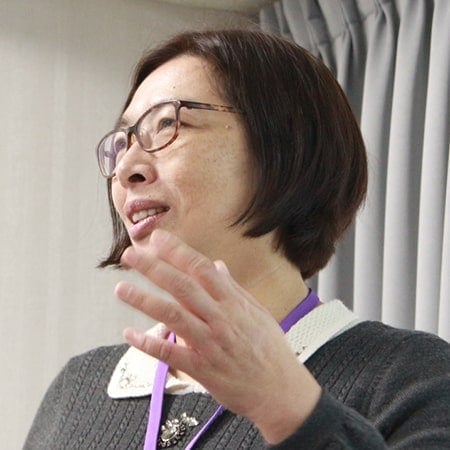

“Some children who come from single-parent families pretend that they come from dual-parent families. We really felt sorry for a kid who claimed that his Dad, who had already passed away, was working abroad just to keep his classmates from gossiping”. We, therefore, enlisted a group of active teachers from all over Taiwan based on our extensive teaching experience. Over two years, we planned, discussed, and developed a board game called“Home Play” ,which provides a better understanding of diversified family structures.

Many first-line teachers are fully aware that the learning results, social relations, and even the self-confidence of school children are deeply affected by their families. Educators concerned about underprivileged children are even more aware that the family pattern templates provided in school textbooks often cause children from non-mainstream family backgrounds to feel insecure. When the teacher discusses families as they are depicted in the textbook, children from mainstream families take everything for granted. In contrast, underprivileged children are tight-lipped about their own family backgrounds.
TGEEA strives to give children a clear understanding of diversity issues through the incorporation of such issues into education by relying on a large number of highly professional and passionate educators with high gender equity awareness. However, it is difficult to engage in profound discussions with children solely based on standard curricula’ teaching materials.
All TGEEA members are grassroots teachers who are deeply aware of the predicament facing educators. Since 2012, we have been developing board games and teaching aids and have organized the teaching experiences we have accumulated over many years. We convert all these materials into curricula and lesson plan resources that we share with other first-line educators. “Home Play” shatters traditional family stereotypes and adds more diversity to the concept of “family”. After children gain a multi-faceted understanding of family structures, it is possible to instill concepts and perspectives into them that transcend their personal life experiences. Once their horizons have been broadened, their mindset changes and they can accept themselves just the way they are and show real respect for others.
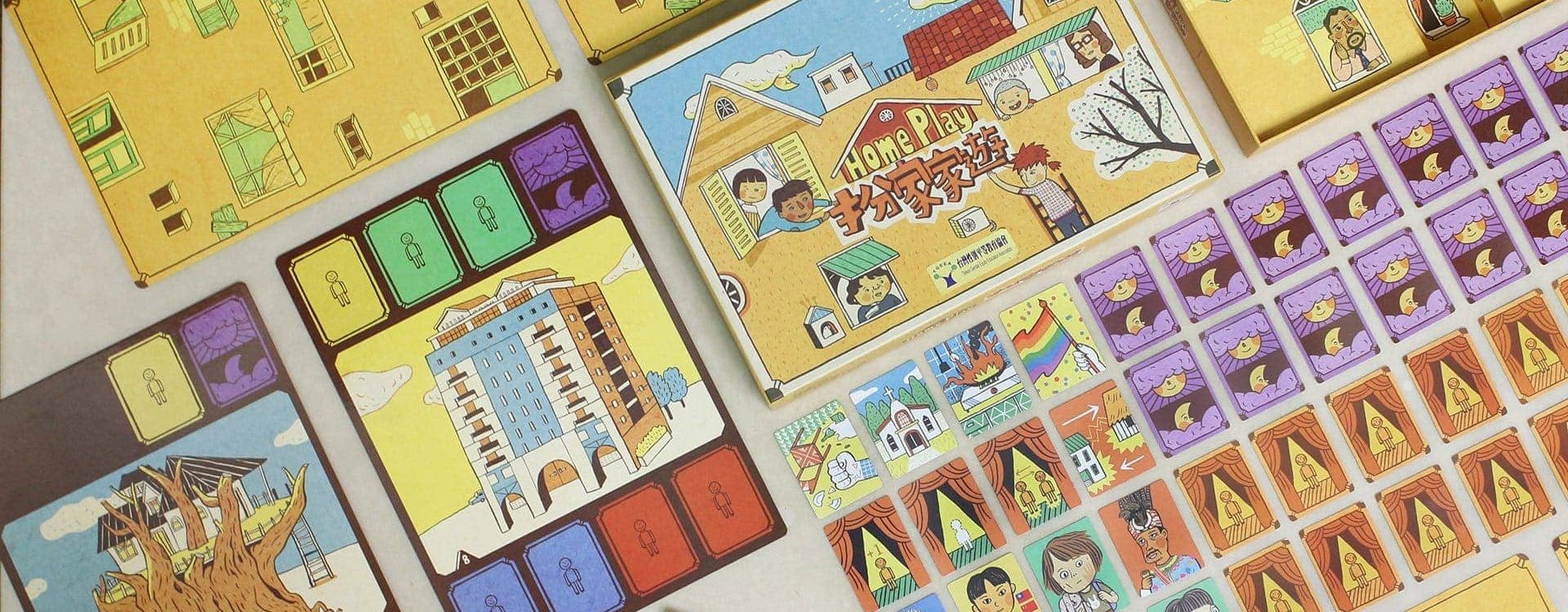
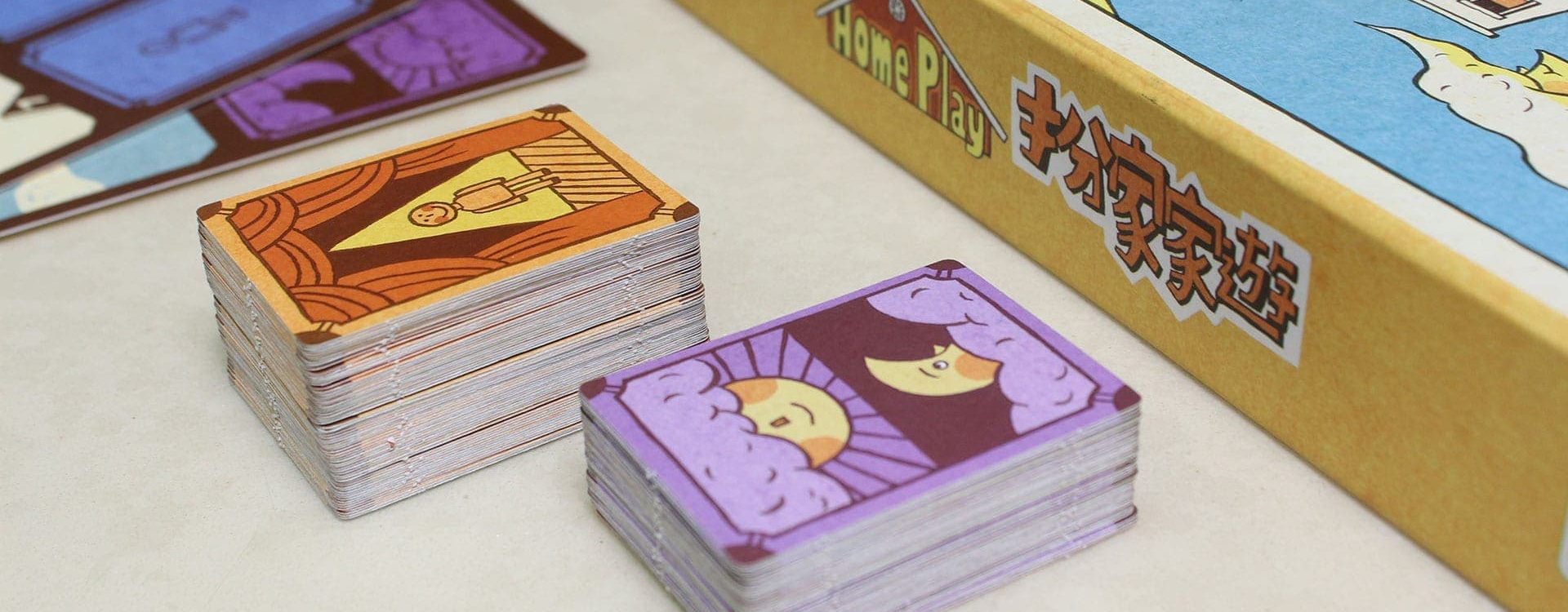
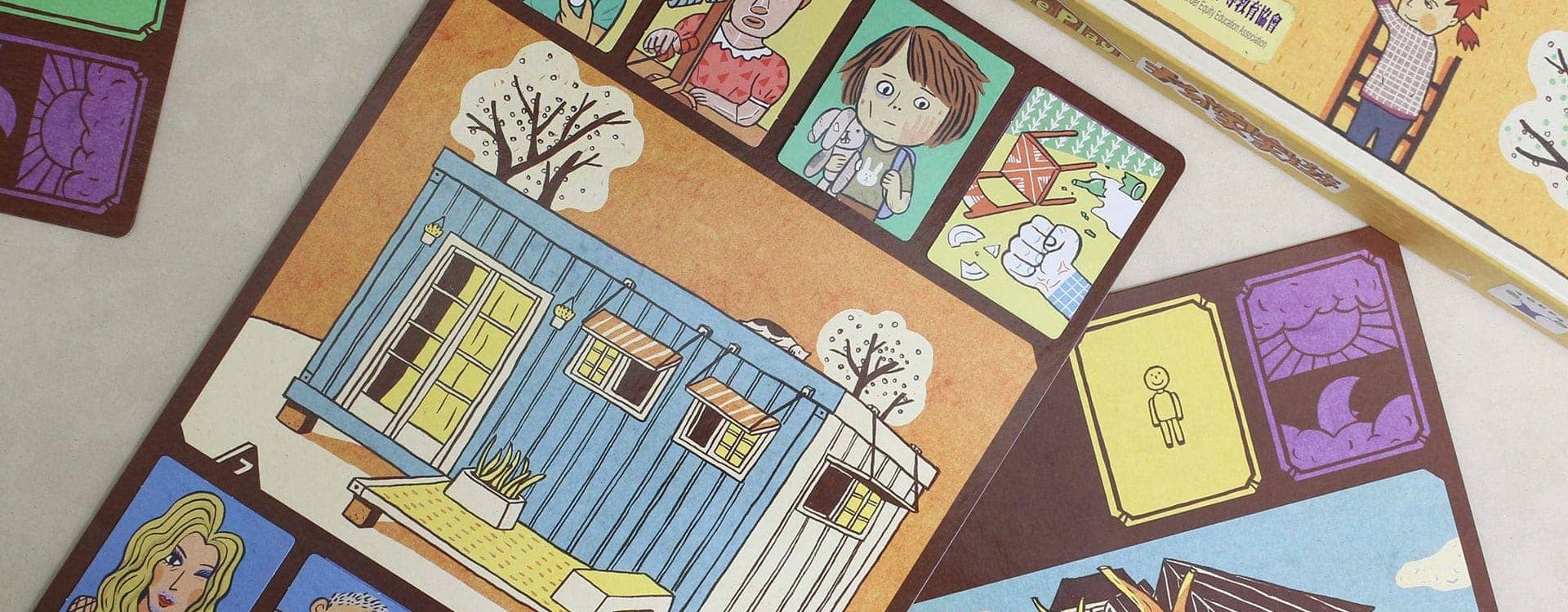
Due to the textless cards, the game is easy to learn for both young and old players. Even foreigners can join in the fun.
In addition to the basic rules, gameplay can be modified to suit players' needs from different countries and age groups.
Teachers can utilize the teaching guide provided with the game and refer to the suggested learning fields and competence indicators.
In contrast to computer and mobile games, “Home Play” requires children to tell stories by relying on their ability to think independently and integrate different elements. The game requires a conscious effort, explores unfamiliar territory, and does not involve compulsory sensual reflection. The integration into classroom education, the design of a teaching guide, the suggested learning fields, and the competence indicators are unique features of the game, ensuring maximum effects and benefits. Different teaching activities have been designed to suit the needs of younger, middle, and older children and large groups or classes.
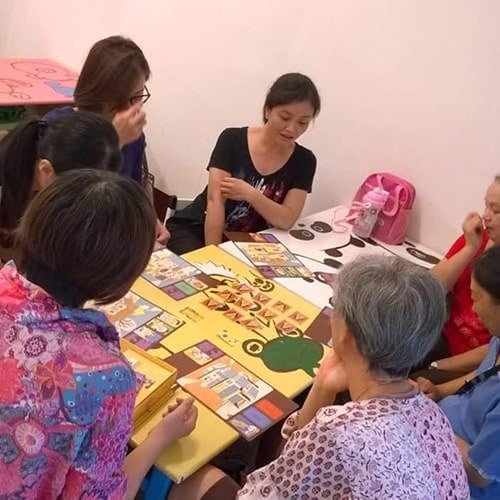
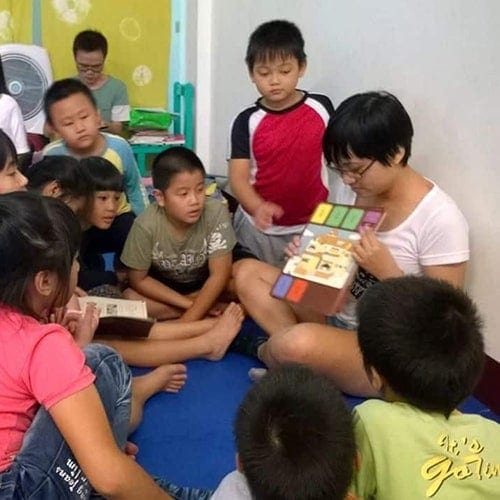
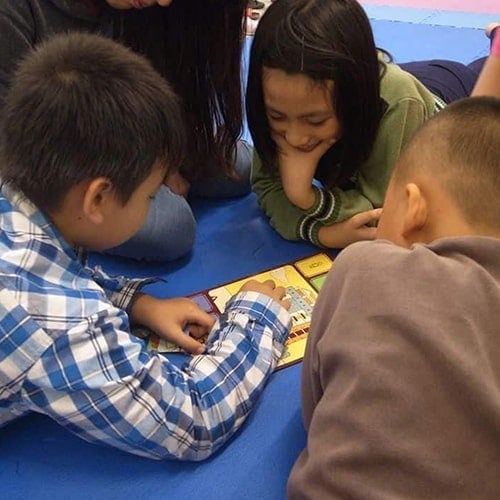
Based on the“homemaking”concept, every player gets a Home Card and randomly selects a Character Card according to the indications on the Home Card. The goal is to draw a character card of the same color. After collecting all the family members for their Home Cards, players draw a Lifestyle card to tell this family’s story. After completing their stories, they can earn points.
Home Cards feature 20 different types of home such as apartments, townhouses, tree houses, sheet-metal house, emergency housing and traditional courtyard house, etc.
40 cards with characters of different nationalities and ethnic groups can be utilized to familiarize children with Taiwanese indigenous peoples and their traditional clothing and culture.
18 Lifestyle Cards depicting daily household activities how do you share household chores such as doing the laundry, cooking, cleaning, and errands in your family?
“Home Play” not only provides educators with a powerful new teaching tool but also strives to boost the self-confidence of children and help them accept themselves, broaden their horizons, and get a better understanding of diversity. In addition, “Home Play” can generate the following learning effects:
Some children start telling the stories of their own families after listening to the stories of“Home Play”. Let’s use the board game “Home Play” to understand better and get closer to our kids.
